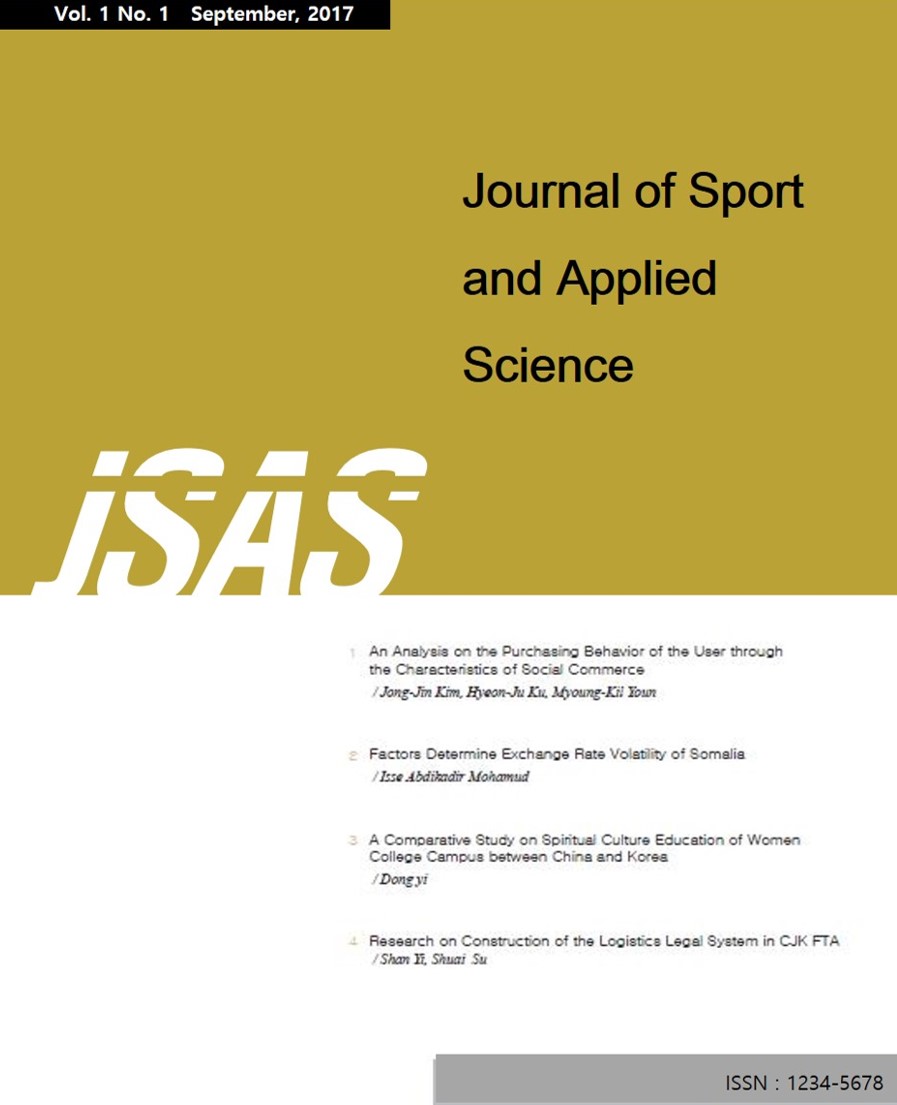 E-ISSN : 2586-6028
E-ISSN : 2586-6028
Vol.5 No.1
Abstract
Purpose: In Seongnam City, a number of festivals are held in various areas, led by the city and private organizations. The necessity of developing a representative festival of Seongnam City, which can enhance the brand value of Seongnam, a cultural city, and promote a sense of local community and economic effects, is emerging. The purpose of this study is to analyze festival-related ordinances of Gyeonggi-do local governments, and to derive implications necessary for the development of festival support ordinances representing Seongnam City. Research design, data, and methodology: This study used the database of National Legal Information Center of the Ministry of Legislation and the autonomous legal information system to thoroughly investigate the ordinances related to festival support of basic local governments in Gyeonggi-do and the whole country. To do this, descriptive statistics analysis was conducted. Results: As a result of the study, it was found that 168 organizations (68.6%) of 245 local governments nationwide have adopted the festival support ordinance, and there are a total of 231 ordinances. In the case of basic organizations, out of 228 basic organizations, 151 organizations, including Seongnam City, adopted the ordinance on festival support, showing an adoption rate of about 66%. As a result of analyzing the basic organizations that enacted representative festival related ordinances among Gyeonggi-do basic organizations, 9 out of 28 cities adopted 16 representative festival ordinances, based on the legal and institutional basis for supporting representative festivals. Conclusions: In the case of Seongnam City, it is believed that in order to develop a representative festival, an ordinance to support the representative festival must be established. Considerations regarding the composition of the ordinance for the representative festival were discussed.
Abstract
Purpose: Swimming industry is improving faster than the other types of sport industries and populations of participating swimming are promptly increasing. Lack of recognition of fire safety in swimming facilities is issues related-studies has only recently begun to pay attention. This study is to review and extract fire safety factors for managing swimming pool. Research design, data, and methodology: The study reviewed related-ordinances, governmental documents, and studies discussing safety management of sport facility. Given the literature review, the study produced an initial construct presenting items and factors including fire safety elements and experts' review were conducted to ensure conceptual validity. Finally, the study generated the final factors and subitems representing fire safety elements for swimming pool management. Results: The study confirms factors and elements as follows: the study identifies fire safety equipments as first factors presenting fire extinguisher' place, its proper run, check list and so forth, Second factor is warning system including fire warning equipment, its proper operation, sprinkler and its proper operation, switch and lamp of emergency panel and their proper run and so on. Third factor is evacuation system including a fire exit, exit sign, broadcasting equipment, and their proper operation, and so on. The other factors are an electronic equipment and its subelements, gas management including safety management of LPG, gas valve, pipe, and fire prevention facility including a fire door and its proper operating. Conclusions: Regarding safety management of swimming pool, further discussions and implications were made, and future directions for related-studies were discussed.
Abstract
Purpose: The purpose of this study is to suggest the policy and scope of the concept of sports welfare and to present a systematic model enhancing sport welfare of the society. Research design, data, and methodology: In order to induce idea for welfare policy and conceptual sport welfare model, this study reviewed a literature discussing the functions and mechanism of sport in enhancing a sense of life quality and thus rebuilding welfare of community. Results: The study suggests these. First, sports welfare ensures the rights of sports of all citizens and has the main purpose of providing social services, creating environments against inequality, improving the quality of life and happiness for everyone to enjoy, and the range should be continued from the right to live, environments against inequality, to the improvement of life and happiness. Second, since the integrated perspective was first suggested, sports integration development will be researched as well as the direction of the development of policies of the integrated model. Basic research of indicator development will need to be proceeded to execute and evaluate the integrated model. Third, the improvement of treatment of sports welfare instructors is urgent. Namely, compared to sports-related budget and the enhancement of facilities, the poor environment of sports welfare instructors needs to be improved. Instead of only testing physical fitness and prescription, the business needs to be continued by connecting to the participants' continuous participation in sports. Conclusions: Whether sports welfare succeeds depends on the need for an active beneficiary, identification of demand, a beneficiary that can discover potential to join offline and online into one, the establishment of sports policies to promote competency development, and a direct progression is needed.













